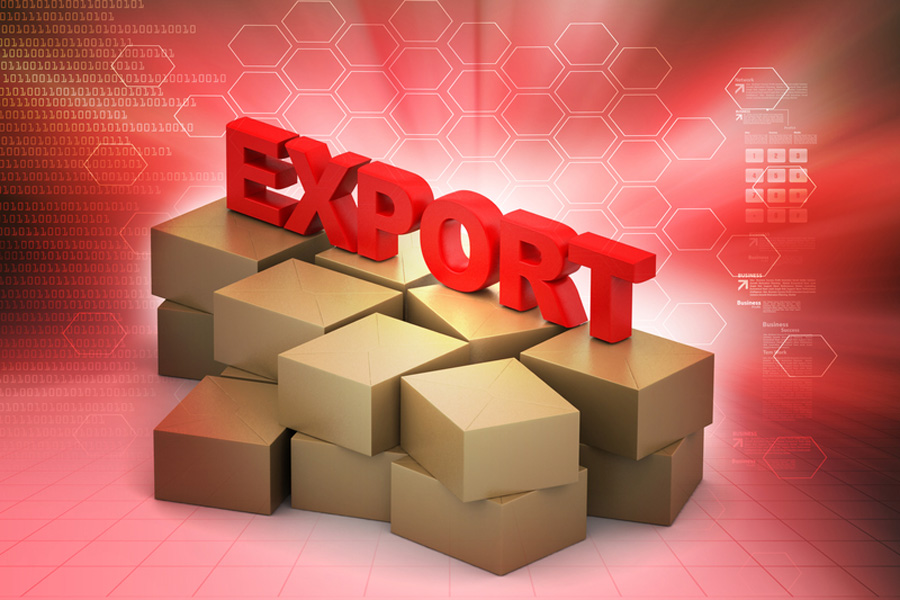Op-Ed: Exporting to Latin America – a quick study

I often get asked by business owners who would like to expand their markets how easy or difficult it is to export their goods/services to countries in Latin America. First and foremost, Latin America is a huge and diverse region encompassing upwards of 30 countries, including Caribbean-based nations. The level of complexity varies based on products, industries and trade agreements amongst other factors.
Exporting goods to Latin America, as with any region, requires a deep understanding of the individual countries, their regulations, cultures and market conditions. Here’s a general guideline to help you start the process:
Market Research:
Identify which countries within Latin America have a demand for your product.
Understand cultural preferences, tastes and any specific needs that might affect the appeal or acceptability of your product.
Study competitors and price points in the targeted market.
Regulations and Documentation:
Familiarize yourself with the import regulations of each country you’re exporting to. While Latin America might share some cultural similarities, each country has its own set of import regulations and requirements.
Check tariffs, taxes and other potential duties that might be imposed on your product.
Some countries may require specific labeling, especially for consumable products, to be in Spanish or Portuguese (for Brazil) and to contain certain information.
Freight and Logistics:
Decide whether you’ll be shipping via air, sea or land. This will depend on the nature of your product and where your primary market is.
Engage a reliable freight forwarder familiar with Latin American logistics to help with shipping, customs clearance and delivery.
Payment and Pricing:
Understand the preferred payment methods in each country. Some might prefer wire transfers, letters of credit or other methods.
Set competitive pricing, considering additional costs like shipping, duties and taxes.
Distribution:
Decide whether you’ll sell directly to consumers, retailers or through a local distributor. Using local distributors can often simplify the process as they’re familiar with the local market and regulations.
Establish contracts with clear terms and conditions, particularly concerning payment terms, delivery schedules and responsibilities.
Marketing and Branding:
Consider cultural nuances in your marketing strategy. What works in one country or region may not be effective in another.
If possible, have marketing materials translated accurately into Spanish or Portuguese (for
Legal Considerations:
Intellectual property (IP) protection: Ensure you register your patents, trademarks and copyrights in each country, as IP laws can vary.
Familiarize yourself with local business practices and regulations to avoid any legal complications.

Network:
Attend trade shows, exhibitions and business forums related to your industry in Latin America. This can give you insights into the market and help you make valuable contacts.
Continuous Monitoring:
Always stay updated with changes in regulations, market conditions or any potential challenges. Be ready to adapt as needed.
Local Support and After-sales:
Consider setting up local support or after-sales services for your customers, enhancing trust in your brand.
Finally, since Latin America is a diverse region, it’s essential to avoid generalizing and instead tailor your approach to each country’s specific conditions. From packaging your product to repatriating your funds, implementing an export strategy will demand attention to the many operational details that are critical to ensuring your success.
Additionally, seek the advice of trade consultants or experts familiar with the Latin American market such as our firm, Global 1080 Business Solutions, as well as international and regional chambers of commerce, industry associations, the U.S. Department of Commerce, and the International Trade Administration, amongst other sources to get a clearer picture, guidance and assistance.
The opportunities are many throughout Latin America and I invite local businesses with export capabilities to evaluate their potential.













